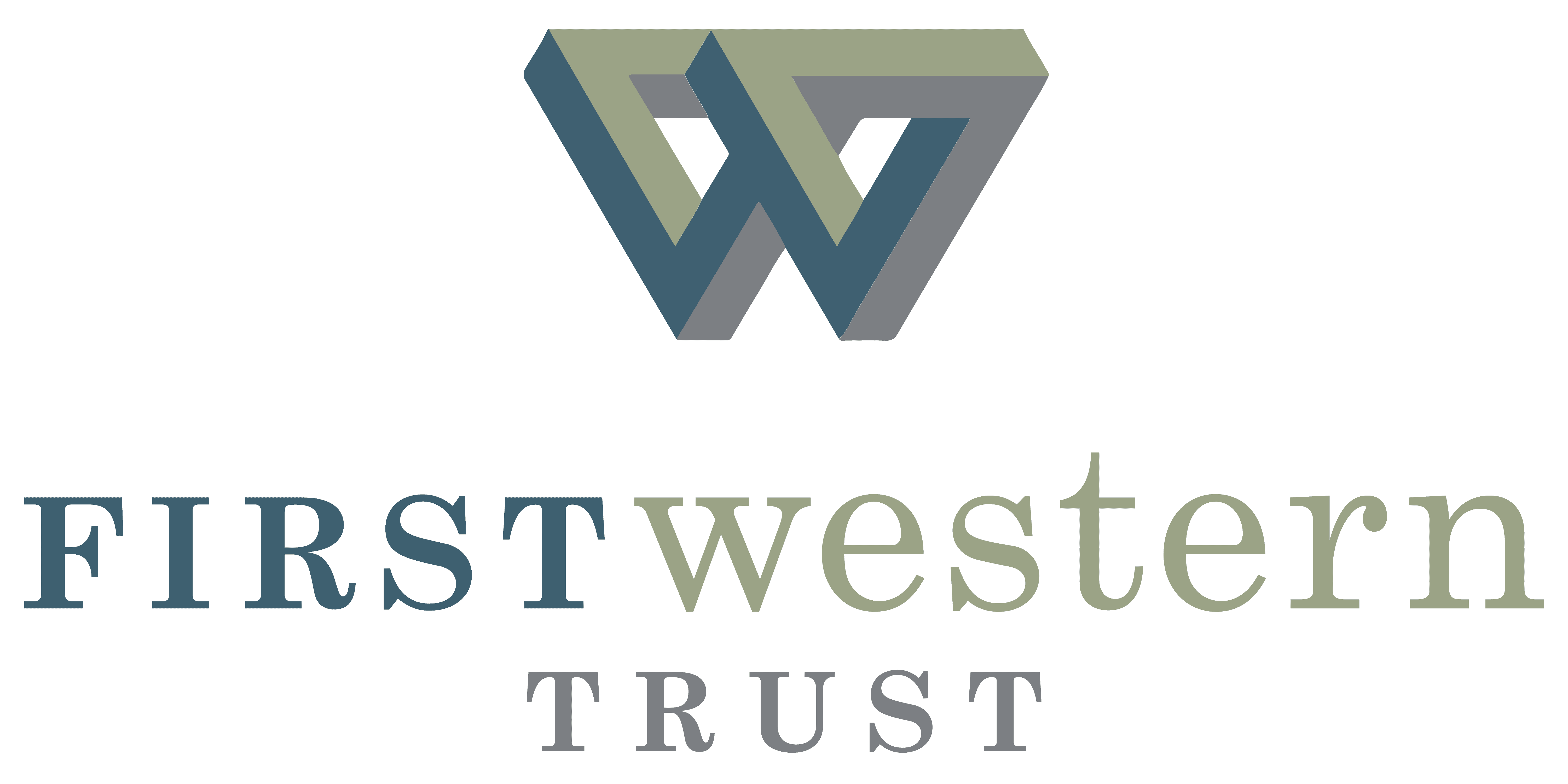
July 2021 Market Commentary
August 4, 2021
The Delta variant, the Fed, corporate earnings, economic data, Chinese regulators, infrastructure. For a summer month, July certainly did not lack for headlines. With so many cross currents, it’s not surprising then that market returns were uneven. In the US, large caps (S&P 500) led the way returning 2.3%. Small caps (Russell 2000), faced with concerns about the strength of the recovery, fell 3.7%. Internationally, developed markets (MSCI EAFE) returned 0.7%, while emerging markets (MSCI EM) fell 7.0%, weighed down by a 14% decline in Chinese equities.
Growing concerns about the rapidly spreading coronavirus Delta variant led to renewed concerns about the strength of the global economic recovery. In the US, the CDC recommended that people wear a mask in public settings in areas of substantial or high transmission, areas that account for over 75% of the US population. While most countries appear loath to reinstate large scale closures, globally a number of cities and regions have implemented various restrictions in an attempt to slow the spread of the highly transmissible variant. Some of the restrictions have impacted global supply chains already struggling to meet surging demand unleashed by the deployment of vaccines in the first half of the year. Should the Delta variant cause enough concern to alter consumer behavior, economic activity could be impacted. For now, however, US consumer confidence remains intact, hitting its highest level in July since the start of the pandemic.
Second quarter GDP (reported in July), rose 6.5%. While slightly faster than the 6.3% growth recorded in the first quarter, the reading was a full 2.0%less than expected. Consumer spending led the way, increasing 11.8%. Business spending contracted for a second consecutive quarter, falling 3.5%, hurt by residential housing and inventory drawdowns. However, the slowdown was largely the result of supply constraints as opposed to flagging demand. Assuming demand persists, third quarter economic growth should benefit as home builders seek to increase supply and businesses replenish depleted inventories. On a side note, the National Bureaus of Economic research, the official arbiter of economic cycles, announced that last year’s pandemic-induced recession lasted just two months, ending in April, thereby making it the shortest recession on record.
Chinese equity markets slumped, pressured by increased government scrutiny of various companies and industries. Thus far the focus has largely been on data collection and privacy, leading to a sharp selloff in the country’s tech sector. However, a crackdown on the after-school tutoring sector highlighted the uncertainty regarding the depth and/or breadth of future regulatory actions, leaving investors unsure as to how to respond.
As expected, the Fed made no changes to monetary policy at its July meeting. Speaking afterwards, Fed Chair Powell stuck to his well-worn talking points that current inflation largely reflects “transitory factors” and that the Fed is unlikely to make any significant changes to monetary policy without additional improvement in labor markets. As for tapering its current asset purchases, Powell stated that the Fed took a “first deep dive” on how to approach tapering and will continue the discussion at “coming meetings.”
Fixed income returns (Barclays Agg), were positive, up 1.1%, as a resurgence of COVID-19 cases drove apprehension in the global markets and cast doubt on the speed of the recovery, increasing the demand for riskoff assets. Investor demand for bonds was evident in the decline of the 10-Year Treasury yield which began the month at 1.47% but steadily declined each week to end the month at 1.23%, its lowest closing level since early February. At the end of June, there was speculation about rate hikes beginning as early as 2022, with the Fed median dot projections showing two hikes in 2023. However, in July, the biggest decline in yields, on a percentage basis, came at the front-end of the Treasury curve, which is a reflection of rate hike expectations. Two- and three-year Treasury bonds lost approximately 25% of their yield over the month, suggesting that initial rate hike expectations have been pushed back closer to 2024. That Treasury returns were positive, even in the face of elevated inflation measures and positive economic data, indicates that the market continues to accept the narrative that the current bout of inflation is transitory and will relax when supply chain disruptions subside.
Municipal markets showed similar trends to Treasuries, with the short-end outperforming the long-end on diminished rate hike expectations. Additionally, demand for municipal bonds remains insatiable while supply, up a bit in July, still lags 2020 averages. This supply-demand imbalance has allowed municipal bonds to maintain 2021 outperformance versus the Treasury market while avoiding a great deal of the volatility as well.












